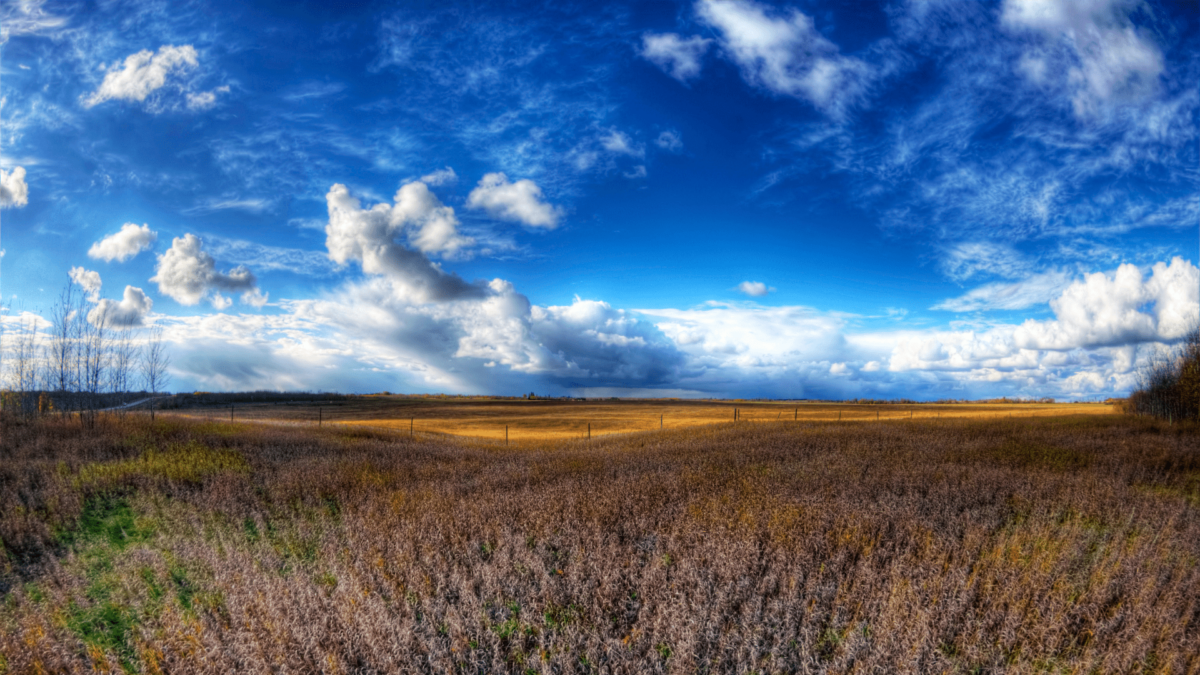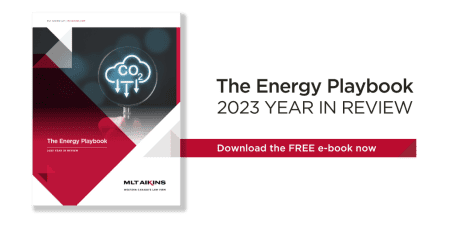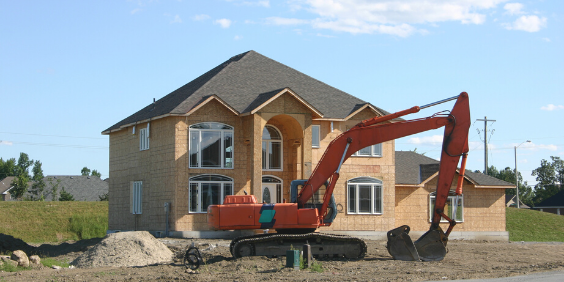Carbon capture and storage: It’s all about the pore space

Authors: Randy Brunet, K.C., Nicole Graham
This article appears in our Energy Playbook: 2023 Year in Review. Download the free e-book.
A key element to the western Canadian carbon capture and storage (CCS) landscape is the approach each jurisdiction has taken to who owns pore space rights.
We usually think in terms of ownership of land and ownership of the minerals and petroleum under the land. However, for purposes of carbon storage, the issue is ownership of the empty spaces under the land. For example, places where there used to be minerals and petroleum before extraction. That’s where the CO2 will be stored in a carbon storage project. These empty spaces are called pore spaces, and their ownership is called pore space rights.
A commercial-scale CCS storage project may be less practical in a jurisdiction where the pore space rights are broadly held and the project proponent would have to assemble permissions from multiple landowners and other stakeholders. British Columbia and Alberta have addressed this issue with similar approaches whereby B.C. has the right to access pore space without compensation and Alberta has set out that it has ownership over pore space.
In contrast, Saskatchewan and Manitoba do not address pore space ownership as clearly. However, the language of existing legislation suggests that pore space ownership is consistent with mineral rights ownership. Where the mineral rights are owned by the Crown, the practical outcome is the same. Where the mineral rights are freehold rights, the matter can be significantly more complicated.
British Columbia
The Petroleum and Natural Gas Act (British Columbia) (PNGA) was amended in 2022 to establish that the B.C. government has the right to explore, access, develop and use storage reservoirs for the purpose of storing and disposing of CO2.
This provision does not apply to:
- Treaty lands of a Treaty First Nation,
- Nisga’a lands,
- Nisga’a Fee Simple Lands within the meaning of the Nisga’a Final Agreement, and
- The lands over which the Supreme Court of Canada in Tsilhqot’in Nation v British Columbia granted a declaration of Aboriginal title and the lands found by the B.C. Supreme Court in Tsilhqot’in Nation v British Columbia to be proven title area outside the claim area.
Consequently, given that the right to explore, access, develop and use storage reservoirs lies with the B.C. Government, either a lease under section 125.4(1) or a licence under section 130 of the PNGA is required for a person to use a reservoir to store CO2.
Alberta
Pore space in Alberta is owned by the Province of Alberta (the Crown in right of Alberta), subject to the limited exception where pore space is owned by the federal government by virtue of title to land which belonged to the Crown in the Right of Canada on the date that the amendment to the legislation came into force. Consequently, the Minister of Energy has sole authority to approve CCUS projects in Alberta and enter into agreements regarding pore space use.
Saskatchewan
In Saskatchewan, The Crown Minerals Act (Saskatchewan) establishes that the Crown has the right to lease out pore space for spaces containing, or that previously contained, Crown minerals pursuant to The Crown Minerals Act (Saskatchewan). The Crown has no such authority to lease out pore space with respect to land subject to freehold mineral rights.
As a result, the following steps are required to secure the right to use the pore space for storage, depending on who owns the mineral rights, as is set out in Directive PNG008:32
- Where Crown Mineral Rights – Consent or a nonobjection letter must be received from the Crown.
- Where Freehold Mineral Rights – Consent must be obtained from all freehold mineral owners with directly impacted lands. If applicants cannot obtain written consent from the freehold mineral owners, applicants must make reasonable and meaningful efforts to obtain consent, respond to any concerns and provide evidence of those efforts.
- Where Disposed Crown Land – Consent must be received from holders of Crown disposition for directly impacted lands, including where disposition is a result of oil and gas leases, licences or permits issued pursuant to The Crown Minerals Act.
Manitoba
Manitoba legislation does not clearly address pore space ownership – as a result, there is a lack of clarity as to who has ownership. That said, under the existing regulatory framework it is likely that a reviewing tribunal or Court would consider pore space ownership to be consistent with mineral rights ownership.
This is particularly the case given the definition of mineral under the Mines and Minerals Act (Manitoba) (MMA) which indicates that a mineral includes any non-living substance, formed by natural processes, on or under the surface of the ground, regardless of its chemical or physical state and before or after extraction but does not include “agricultural soil, oil, natural gas or any other gas, any surface or ground water or other substance that for purposes of this Act is prescribed not to be a mineral.”
The MMA definition of mineral is broad and consequently may cover pore space unless the provincial government prescribes otherwise. That said, there is some uncertainty in how pore space ownership would be considered. Based on the existing language in the legislation, it is most likely that pore space ownership would be considered consistent with mineral rights ownership. To determine mineral rights ownership in Manitoba, review of the land titles in question is required to specify who owns the mineral rights. On this note, mineral rights
ownership is split in Manitoba between the Government of Manitoba and private landowners. Economic Development, Investment, Trade and Natural Resources Manitoba estimates that “[a]pproximately 80% of the oil and gas rights are held privately by individuals or corporations (freehold) in southwestern Manitoba. The remaining approximately 20% of oil and gas rights are owned by the province (Crown).”
It is also worth noting that under the MMA, the Government of Manitoba has the power to acquire private mineral rights or surface rights in land through purchase, lease, expropriation or otherwise where necessary when developing a mineral deposit is in the public interest.
An alternate view
To round out this discussion, it is worth considering that not everyone agrees that pore space rights are owned by either the Crown or by companies and individuals. A number of Indigenous communities take the view that pore space rights in parts of Western Canada were never surrendered to the Crown and continue to be the property of the First Nations. This is based on historical evidence that during negotiations of Treaties 4 and 6, the focus of discussion was on permissible uses of the land and the immediate subsurface of the land (“to the depth of a plow blade”). To date, there has not been caselaw on this subject.
Note: This article is of a general nature only and is not exhaustive of all possible legal rights or remedies. In addition, laws may change over time and should be interpreted only in the context of particular circumstances such that these materials are not intended to be relied upon or taken as legal advice or opinion. Readers should consult a legal professional for specific advice in any particular situation.




